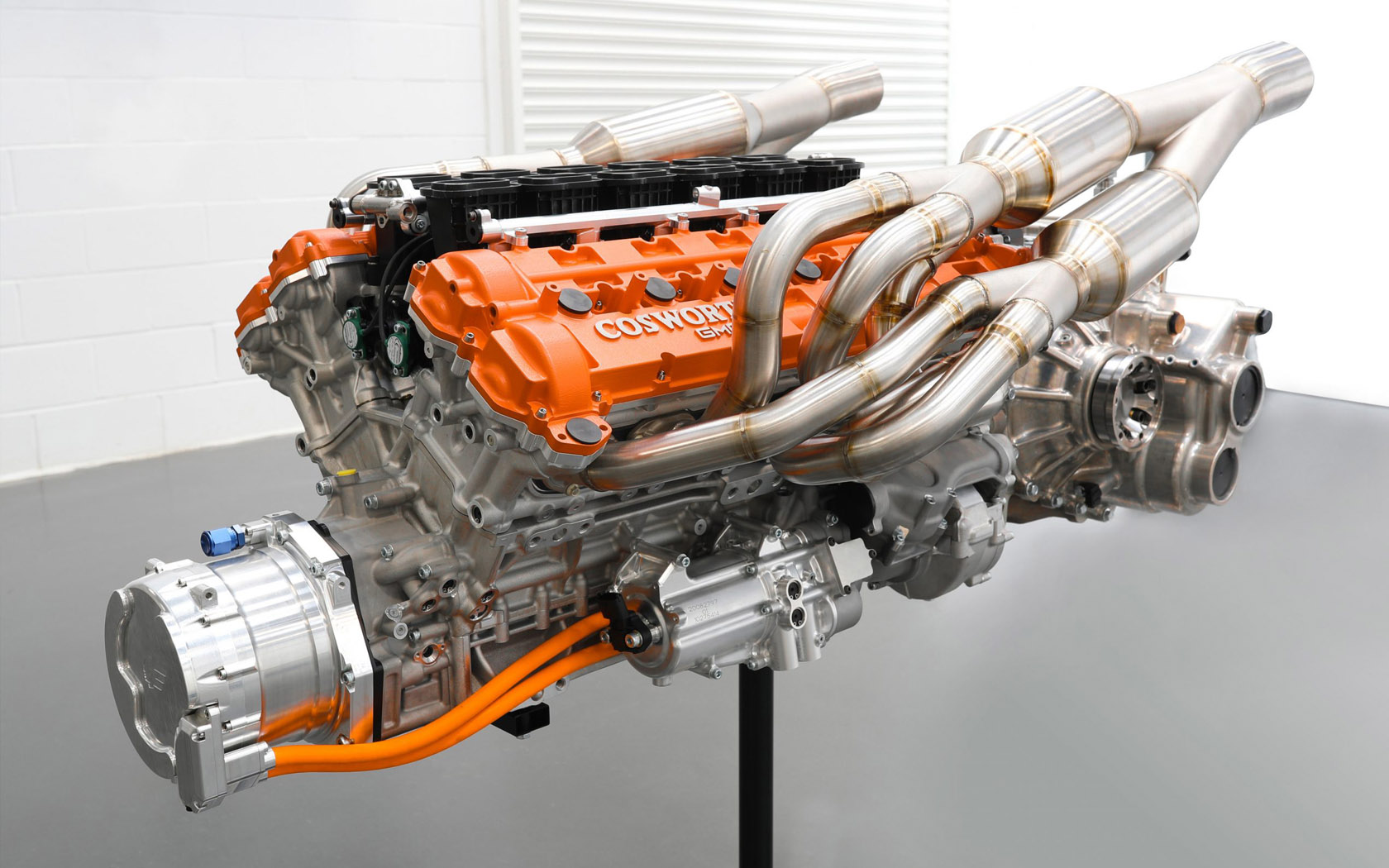The Mission for Ultimate Driving Power: Investigating the Pinnacle of Engine Performance and Technological Breakthroughs in the Automotive Industry
In the world of automotive design, the quest of optimum driving power has actually been a relentless pursuit that has actually unravelled via the evolution of engine layout and the combination of advanced modern technologies. From the careful workmanship of burning engines to the quick improvements in electric propulsion systems, the automotive field stands at the cusp of a new era identified by unmatched efficiency abilities.
Development of Engine Design

In addition, the combination of turbocharging and turbo charging innovations has changed engine design by increasing power without significantly boosting engine dimension. These forced induction systems press the intake air, permitting more gas to be combusted, thus producing greater power output from a smaller sized engine. This improvement has actually been particularly crucial in improving the performance of smaller variation engines while maintaining gas performance requirements.

Performance-Enhancing Fuel Technologies
The application of advanced fuel innovations has considerably added to enhancing engine performance in contemporary vehicles. Biofuels, obtained from sustainable sources like sugarcane, algae, or corn, offer lowered discharges and enhanced engine effectiveness. Furthermore, fuel additives and cleaning agents are being formulated to clean engine components, optimize burning, and lower friction, thereby increasing total lorry performance.
Developments in Electric Propulsion
Significant strides in electrical propulsion modern technology have actually revolutionized the automotive market, leading the way for a brand-new age of efficient and sustainable transportation. Electric vehicles (EVs) are obtaining appeal due to their ecological benefits and developments in battery modern technology, making it possible for longer driving varieties and shorter billing times. Suppliers are investing heavily in r & d to improve the efficiency of electric propulsion systems, focusing on raising power result, improving power efficiency, and lowering total weight.
One remarkable advancement in electric propulsion is the advancement of innovative electrical motors that supply higher torque and power density, leading to enhanced acceleration and total driving efficiency. Furthermore, regenerative braking systems have actually been improved to store and capture energy during slowdown, more boosting the performance of EVs.
Additionally, the integration of wise innovations, such as fabricated knowledge and anticipating analytics, is maximizing the management of electrical propulsion systems, guaranteeing optimal efficiency under different driving problems. These advancements in electric propulsion are improving the automotive landscape, driving the sector in the direction of a more lasting and electrified future.
Influence of Computational Fluid Characteristics
With developments in electrical propulsion pushing my response the boundaries of auto modern technology, the assimilation of Computational Liquid Dynamics is playing an essential role in maximizing wind resistant efficiency and improving overall efficiency in car layout. Computational Fluid Characteristics (CFD) involves the usage of computer system simulations to examine the circulation of air around a lorry, enabling engineers to predict how style modifications will certainly affect aerodynamics without the requirement for expensive physical models. By properly modeling airflow patterns, CFD enables the improvement of lorry shapes to decrease drag, boost air conditioning, and boost security.
One secret benefit of using CFD in automobile style is the ability to repeat quickly, checking out various layout variants to determine one of the most aerodynamically efficient solutions. This iterative process causes cars that are not only sleeker and more aesthetically appealing however also a lot more eco pleasant and fuel-efficient. CFD allows designers to maximize air movement around elements such as radiators, engine bays, and wheel wells, contributing to boosted efficiency and total driving experience. Finally, the assimilation of Computational Fluid Dynamics represents a considerable advance in the mission for ultimate driving power and efficiency in the automobile market.
Future Trends in Engine Innovation
In the vibrant landscape of auto design, cutting-edge advancements are forming the future trajectory of engine development. The future of engine design is noted by a solid focus on performance, sustainability, and effectiveness. Producers are increasingly concentrating on establishing engines that look these up not just supply high power results however additionally prioritize ecological duty by decreasing discharges and improving gas efficiency.
One famous fad in engine advancement is the rise of electrification. Crossbreed and electrical resource powertrains are obtaining grip as sensible choices to standard combustion engines. These technologies offer the potential for considerable reductions in carbon emissions and enhanced power effectiveness, aligning with worldwide efforts to fight climate adjustment.
Furthermore, innovations in materials scientific research and production strategies are allowing the manufacturing of lighter and a lot more long lasting engine elements. This shift in the direction of light-weight products such as carbon fiber and aluminum alloys contributes to enhanced performance and fuel economy.
Final Thought
In final thought, the pursuit of ultimate driving power in the vehicle sector remains to drive developments in engine style, gas modern technologies, electric propulsion, and computational liquid characteristics. The development of these technologies is forming the future of engine innovation, leading the way for more efficient and effective automobiles (engines for africa). As the sector continues to push the borders of what is possible, we can expect to see a lot more groundbreaking growths in the quest for peak efficiency
One of the vital landmarks in engine layout development is the change from traditional carbureted engines to modern-day fuel-injected systems. By precisely metering the gas shipment to each cylinder, fuel-injected engines maximize burning, resulting in much better efficiency and lowered ecological impact.
In addition, the combination of turbocharging and supercharging modern technologies has transformed engine layout by increasing power without considerably enhancing engine dimension (engines for africa).The execution of innovative fuel modern technologies has actually substantially added to enhancing engine efficiency in modern-day lorries. Additionally, gas ingredients and cleaning agents are being formulated to clean engine elements, enhance burning, and minimize friction, thereby boosting total vehicle efficiency